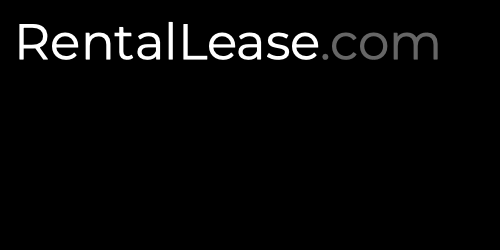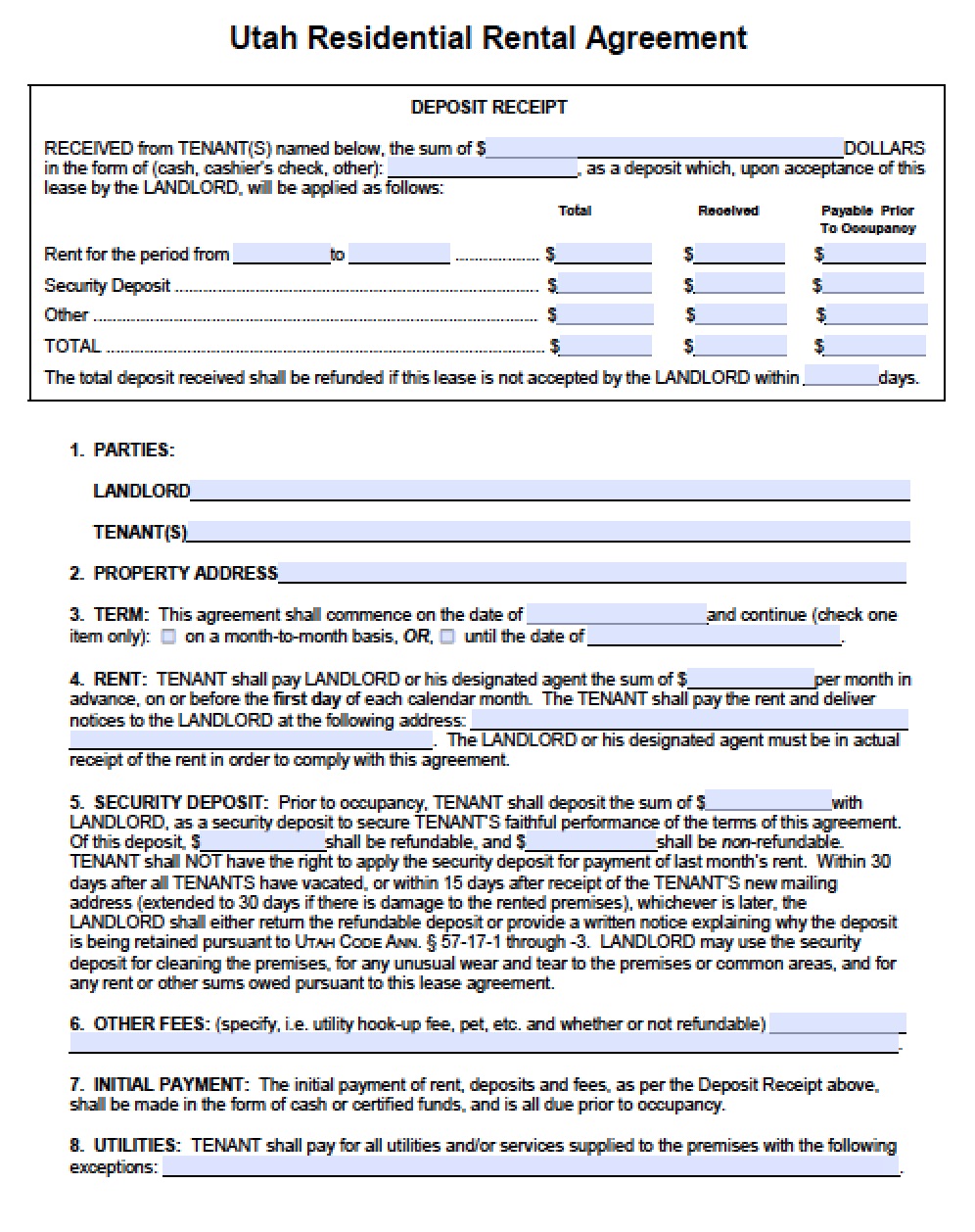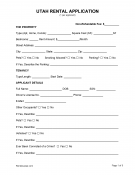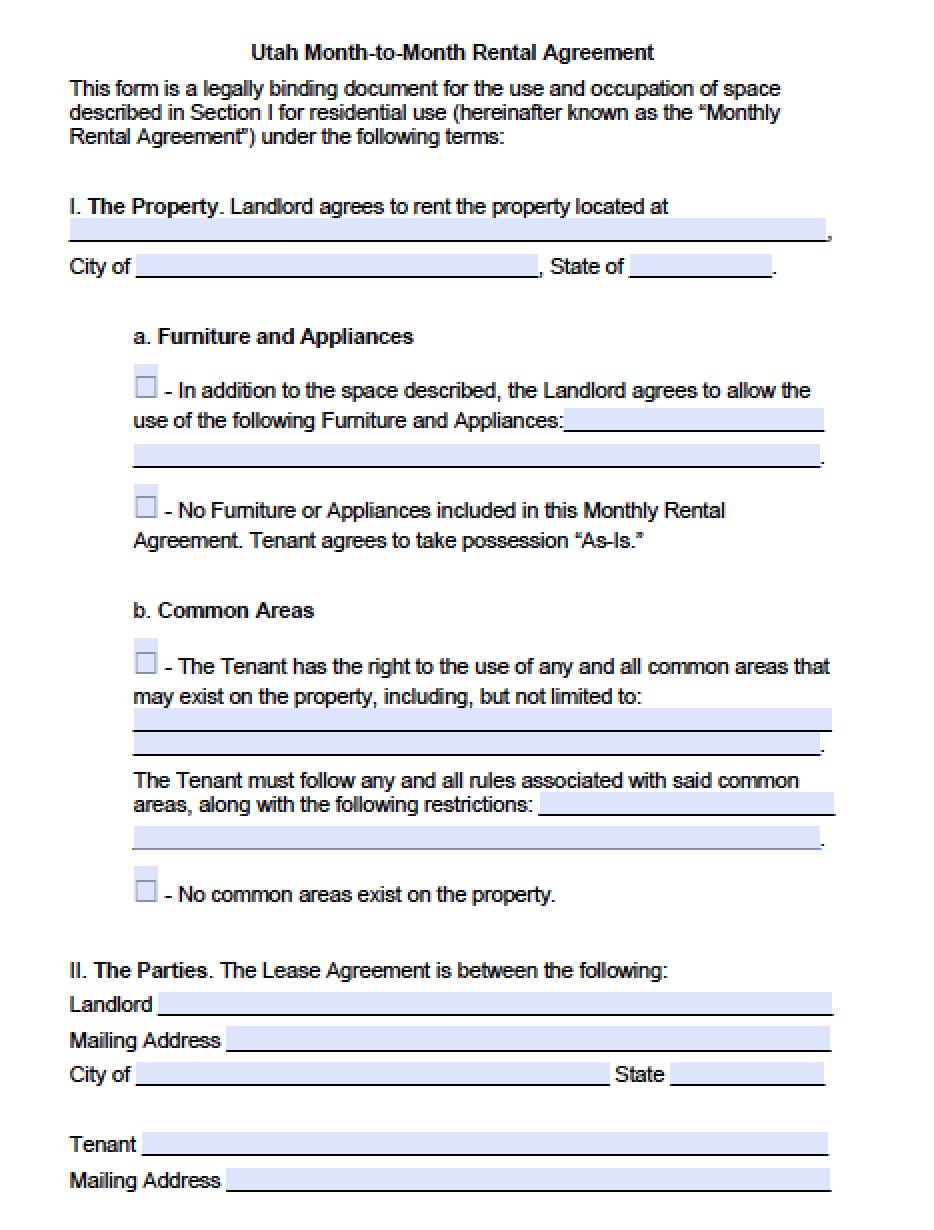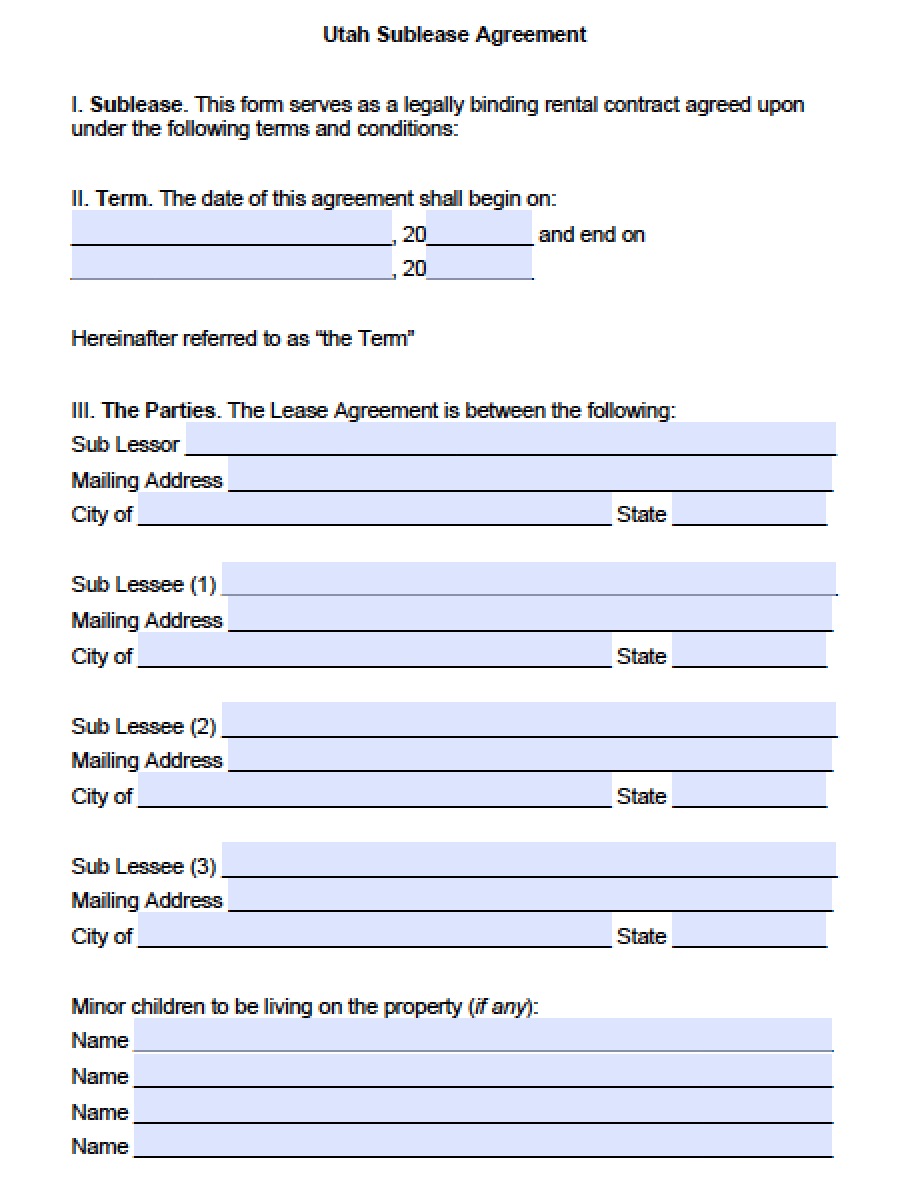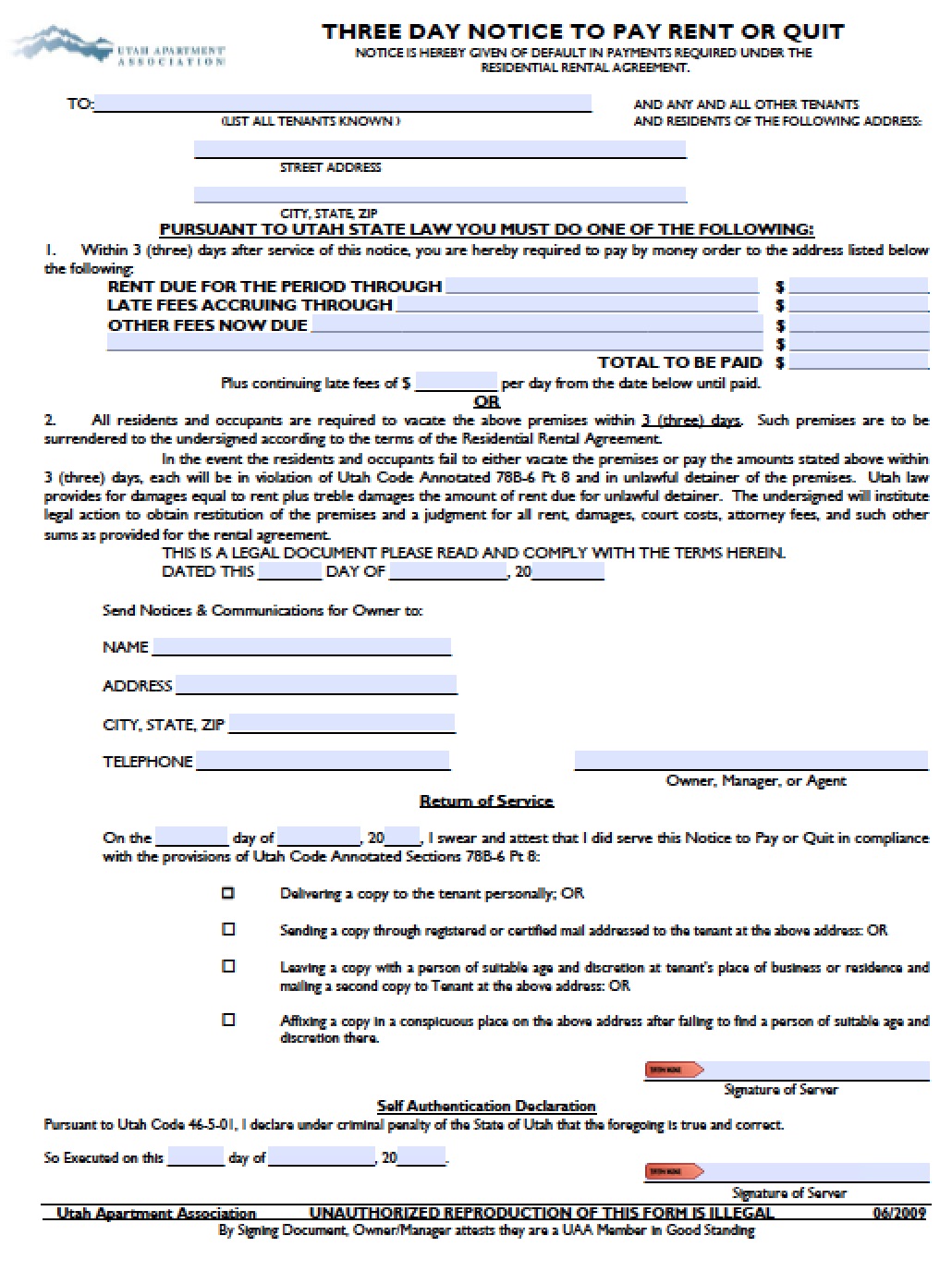The Utah residential and commercial lease agreements can be downloaded to assist in the process of renting out property, investigating potential tenants for applicability, or notifying a tenant of a default in their rental agreement. In regard to property rental contracts, each form provided below contains different terms and conditions, but the execution and binding nature of the documents are the same. Commercial and residential lease laws must be adhered to when performing any property rental transactions in the State of Utah.
Utah Rental Lease Agreement Templates | PDF
Utah Lease Agreements
The Utah standard residential lease agreement is a written document authorizing the rental of residential property to a tenant by a property owner/landlord. Before the landlord presents this contract to a potential tenant, they will often use a rental application form to check the individual’s credit history, employment and income information, rental history, and other pertinent background information. Once an applicant is approved, the agreement is negotiated and signed by all involved parties. A security deposit may be required to…
The Utah rental application is a document used for screening individuals prior to renting them residential or commercial space. The form may be accompanied by a non-refundable fee often paid for by the tenant for the cost of conducting the background check and other associated costs. Once approved, the landlord and tenant will come to an agreement over the finer details of the lease and, after negotiations are complete, both parties will sign a lease agreement.
A Utah commercial lease agreement is a real estate document authorizing a tenant to use retail, industrial, or office space for the purposes of conducting business. The property owner, or most likely the landlord, should verify the background and eligibility requirements of the business through the Secretary of State’s Business Database. Once the entity has been properly vetted, the landlord and tenant can look through the rental contract to ensure both parties find the terms and conditions agreeable. After the document…
The Utah month-to-month rental agreement is a document that outlines an arrangement between a landlord and tenant with regard to the use of livable space. This type of contract is temporary but at the same time can last indefinitely. Whereas other agreements have a fixed end-date, a month-to-month agreement continues until either party sees fit to terminate the arrangement, with or without proper cause. This is known as a “tenancy at will” and, as long as the proper notice periods…
A Utah sublease agreement is a form used by a tenant that wishes to rent out their current residential space to another individual. This process begins with asking permission from the landlord (unless the original rental agreement specifically forbids subleasing). After the landlord grants permission, the tenant (sublessor) can provide the sublessee with a sublease agreement. The original tenant agrees to bear any and all responsibility for the premises on behalf of the sublessee. Therefore, a rental application is highly…
The Utah three (3) day notice to quit is a warning delivered to a tenant who has failed to pay rent as per the terms of their lease agreement. This notice gives the tenant three business (3) days after delivery of the notice to pay the landlord or face eviction. If payment is not made, the landlord will have the right to seek legal counsel and, eventually, start eviction procedures. The tenant also has the right to leave the premises without…
STATE DISCLOSURES
Condition of Premises (§ 57-22-4(3)) – Landlord must provide prospective tenant with a written inventory of the property's condition (excluding normal wear and tear) before entering into a rental agreement.
Contact Information (§ 57-22-4(4)) – The names and addresses of all persons authorized to manage or receive notices for the rented property must be provided to the tenant.
Lead-Based Paint – A federally-mandated disclosure form used to notify tenants renting property built before 1978 that the presence of lead paint is possible.
SECURITY DEPOSITS
Maximum – No maximum security deposit amount mentioned in State law.
Returning (57-17-3) – The landlord must return the funds within thirty (30) days from the time the landlord receives the tenant's forwarding address.
LANDLORD'S ACCESS/ENTRY
The landlord must provide at least twenty-four (24) hours' notice before entering the tenant's rented property (§ 57-22-4(2)).
